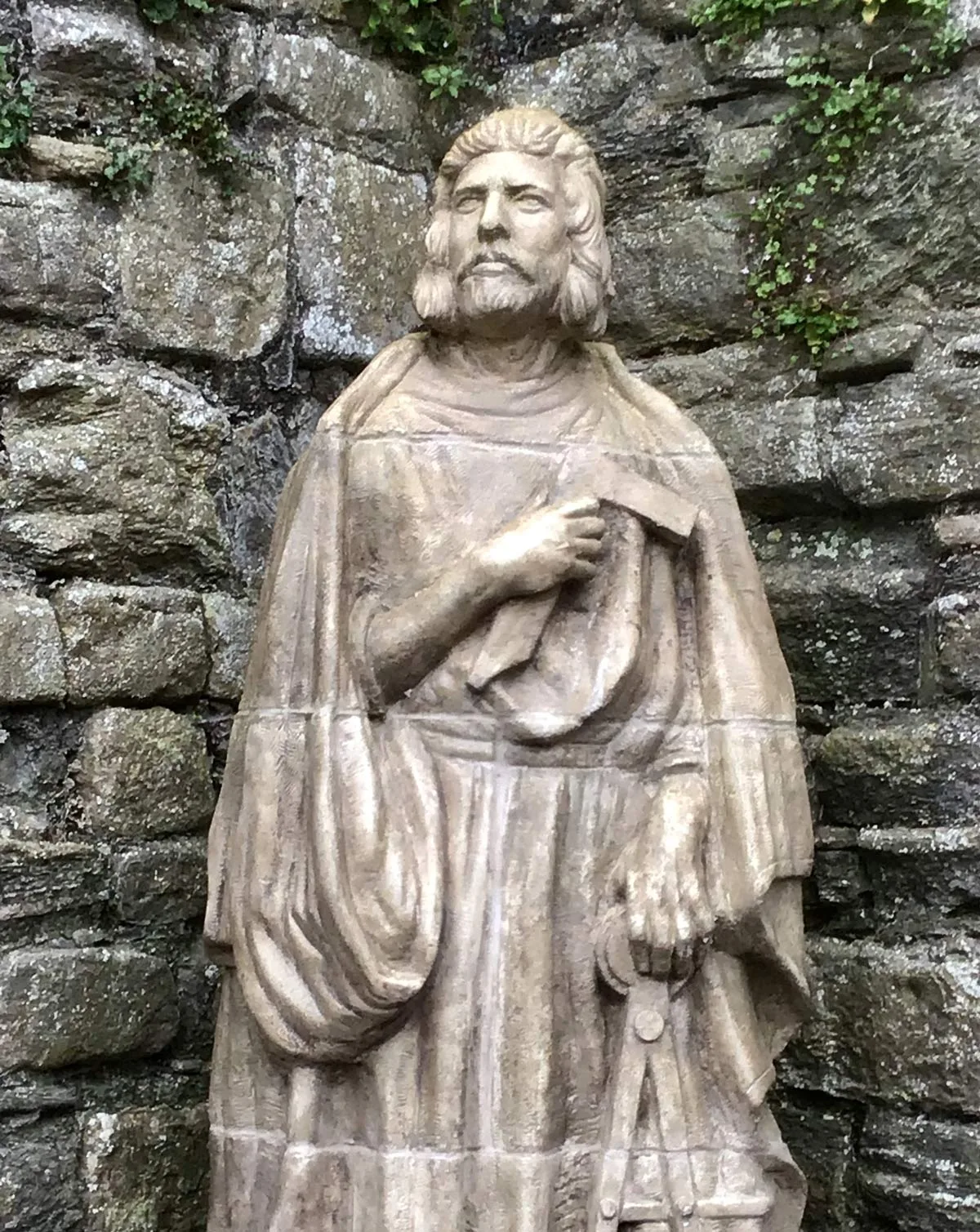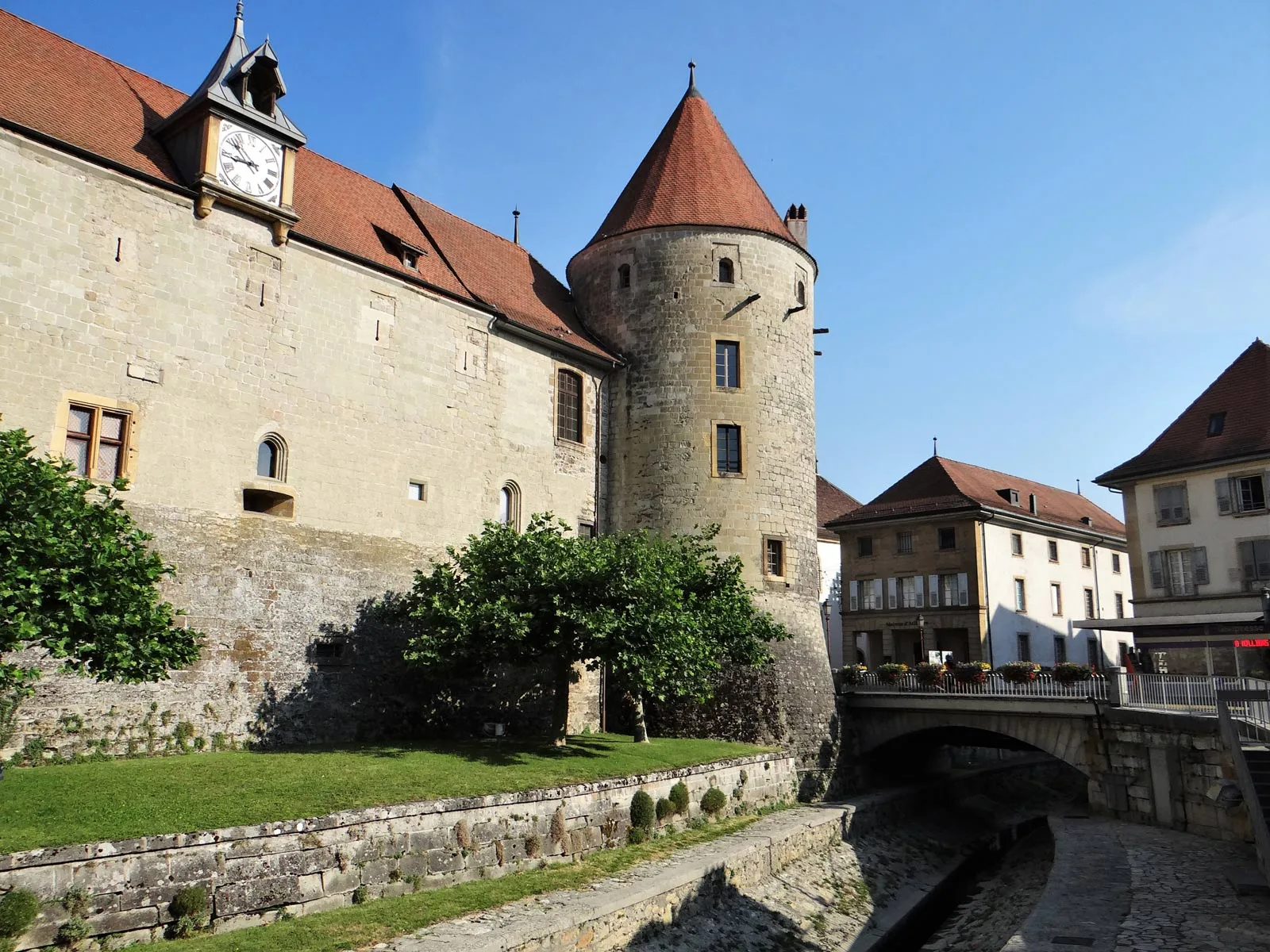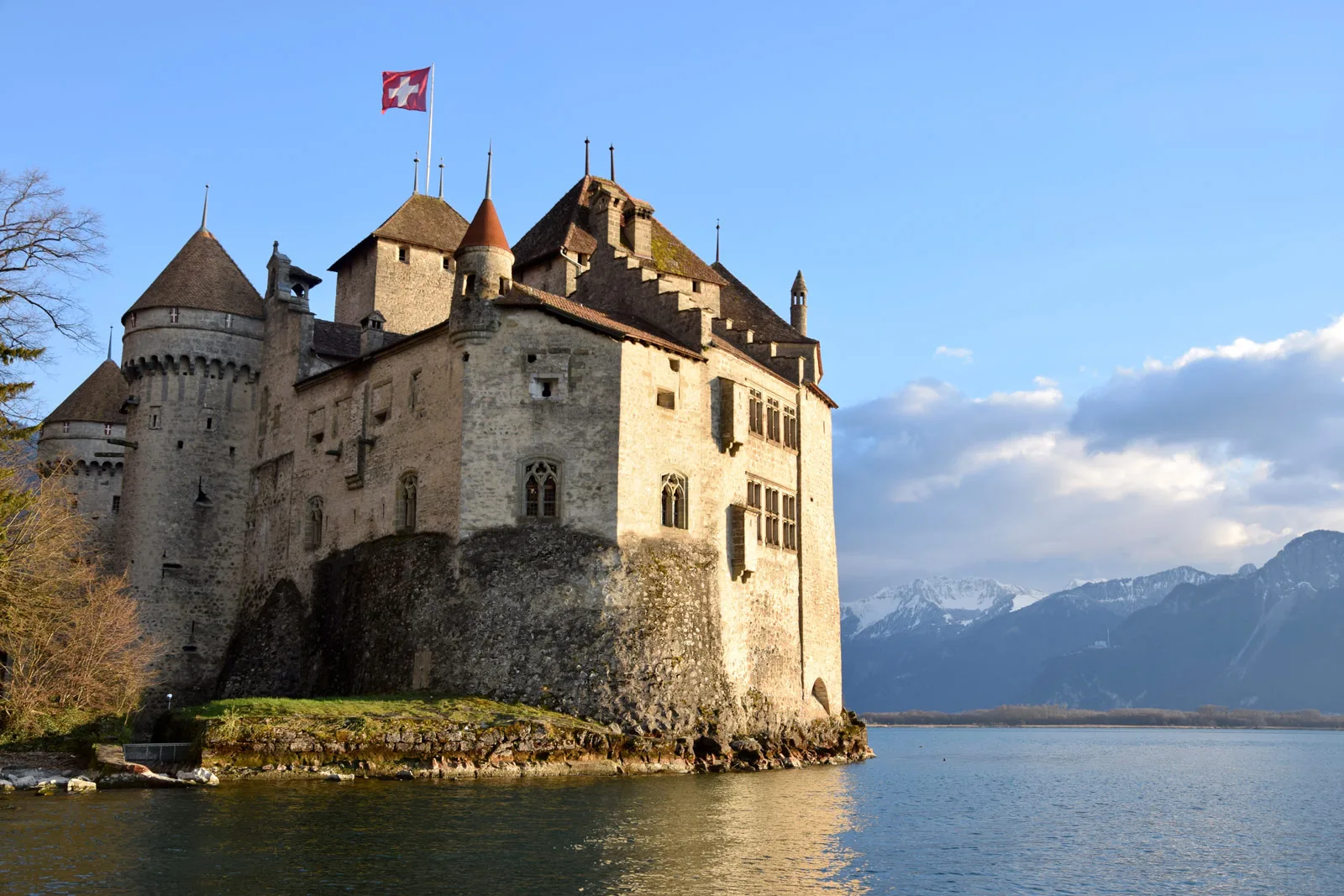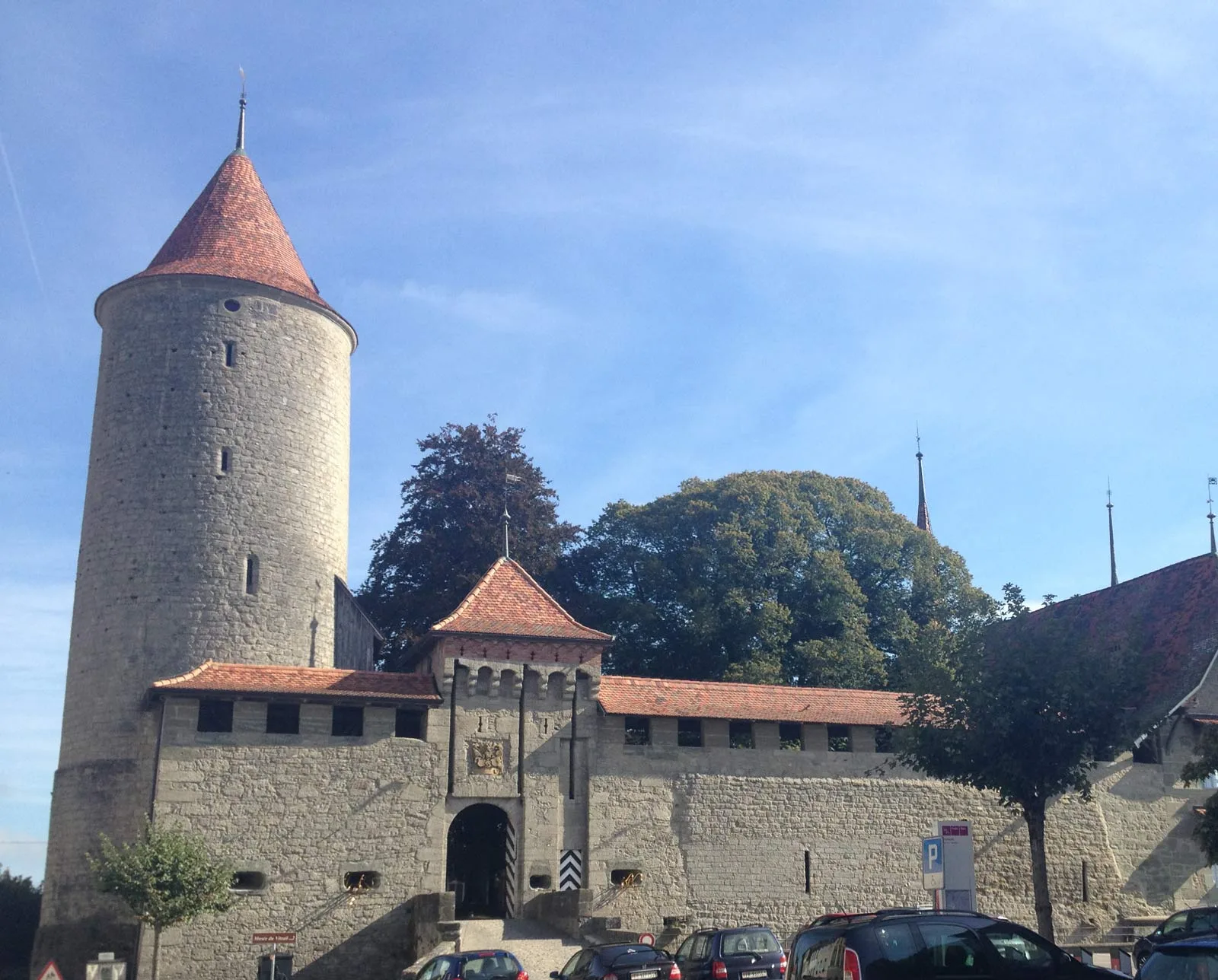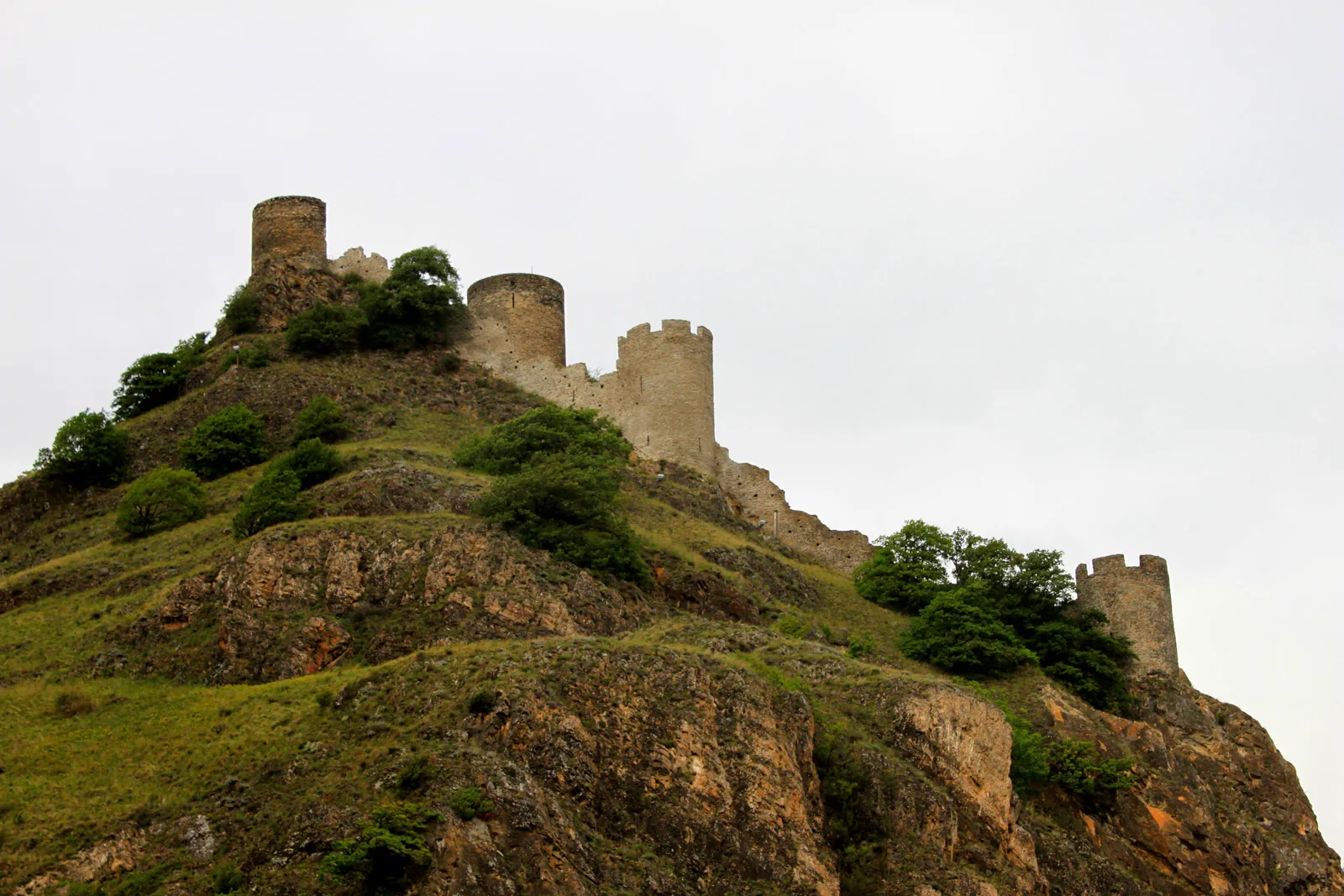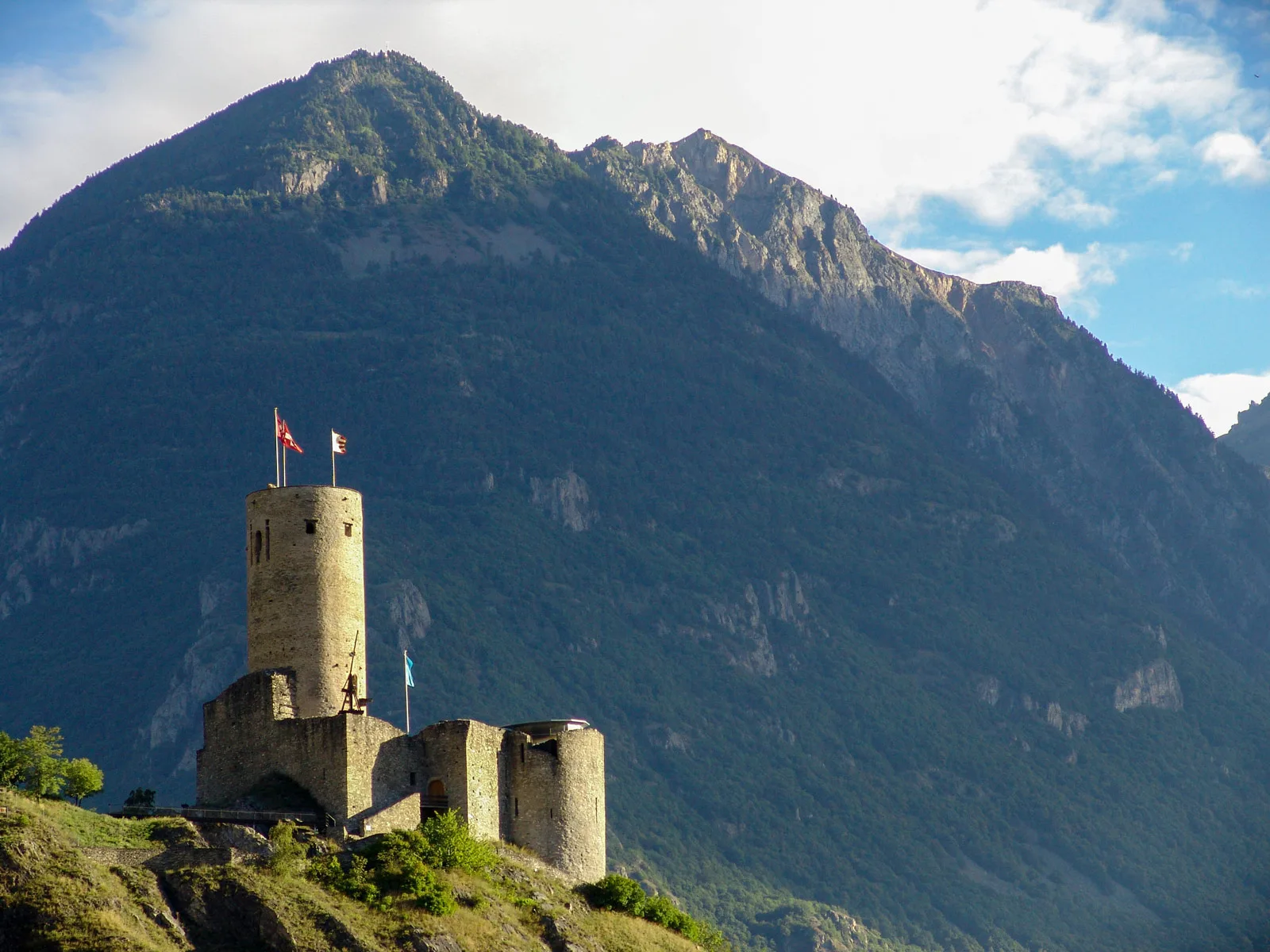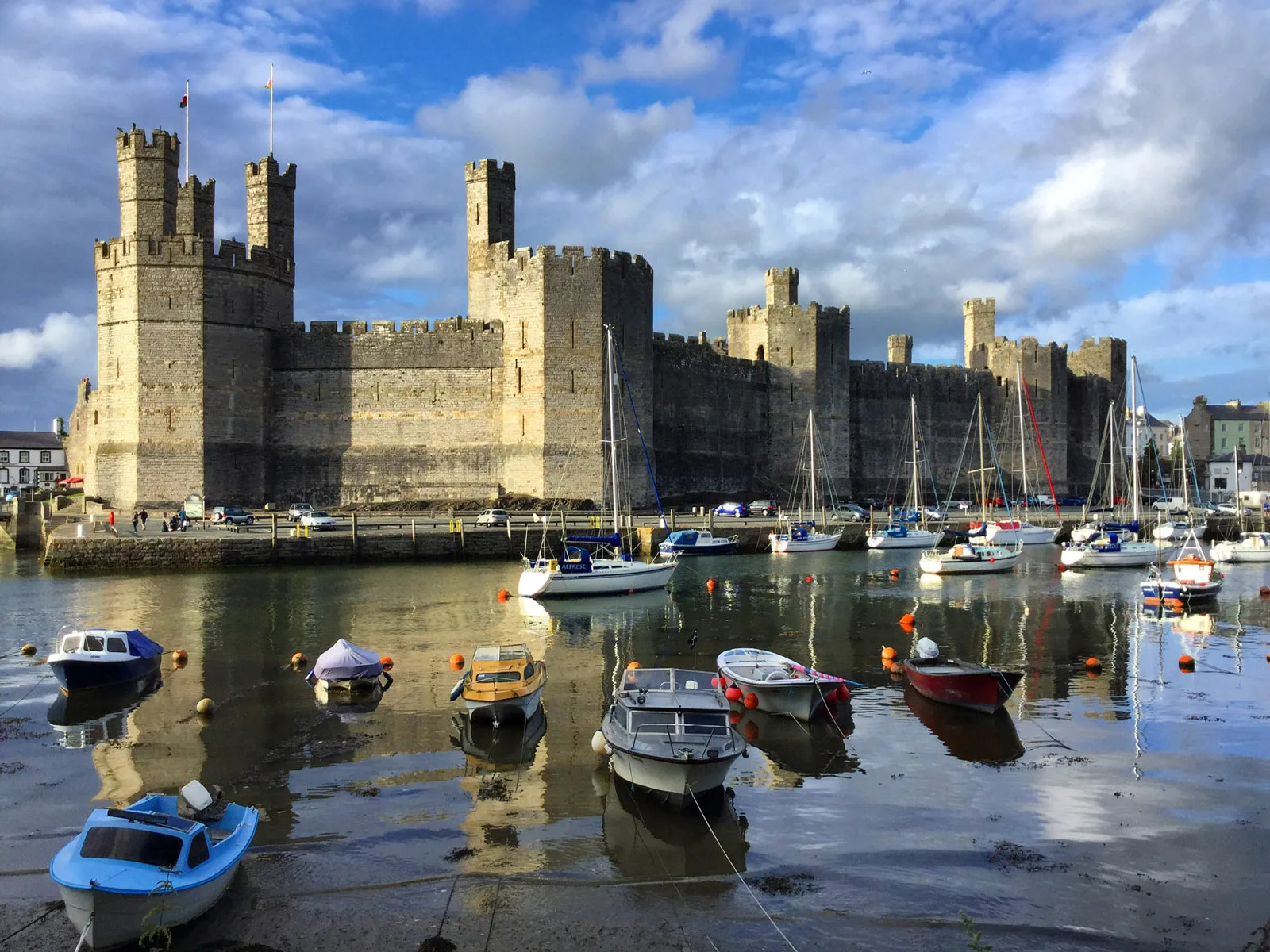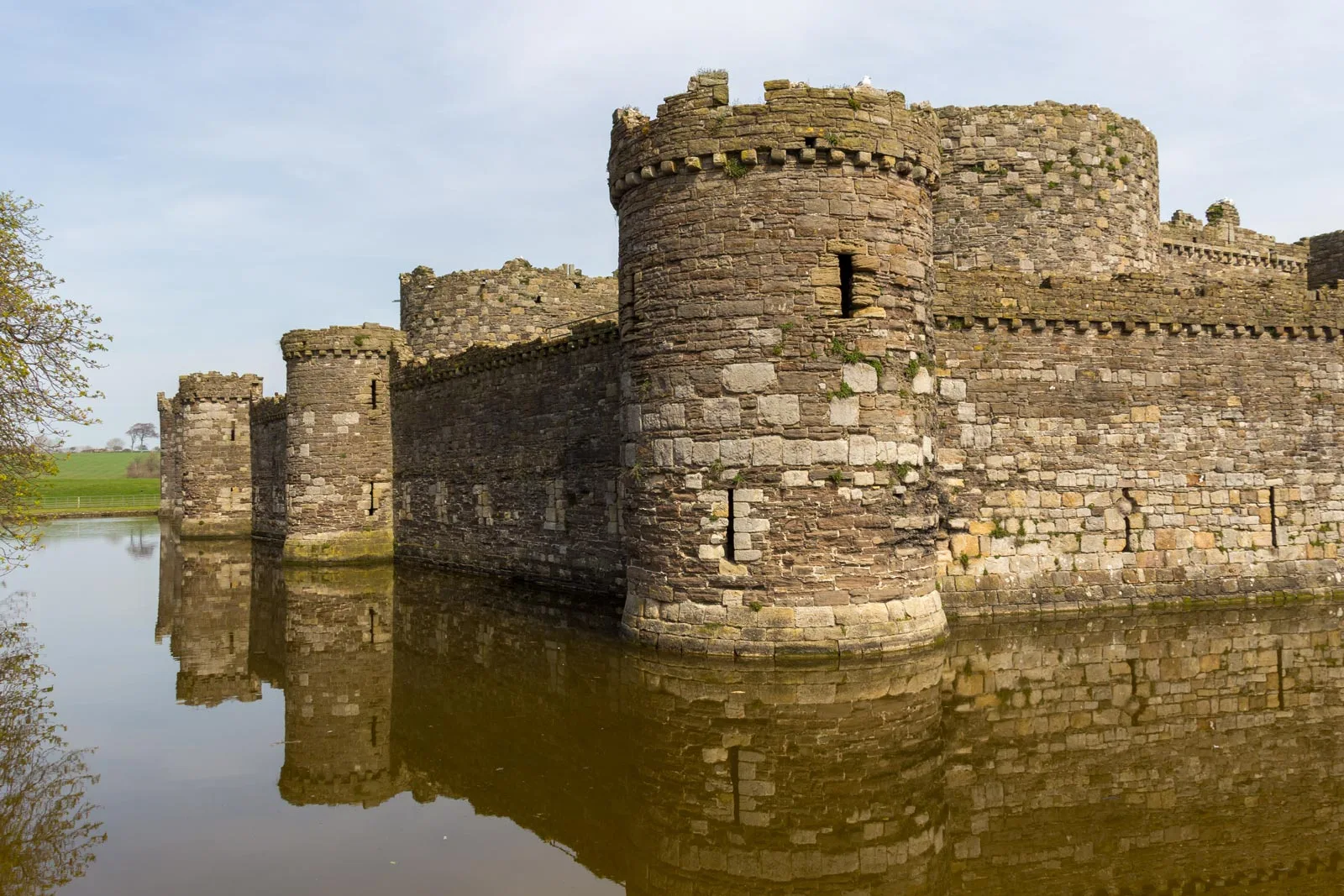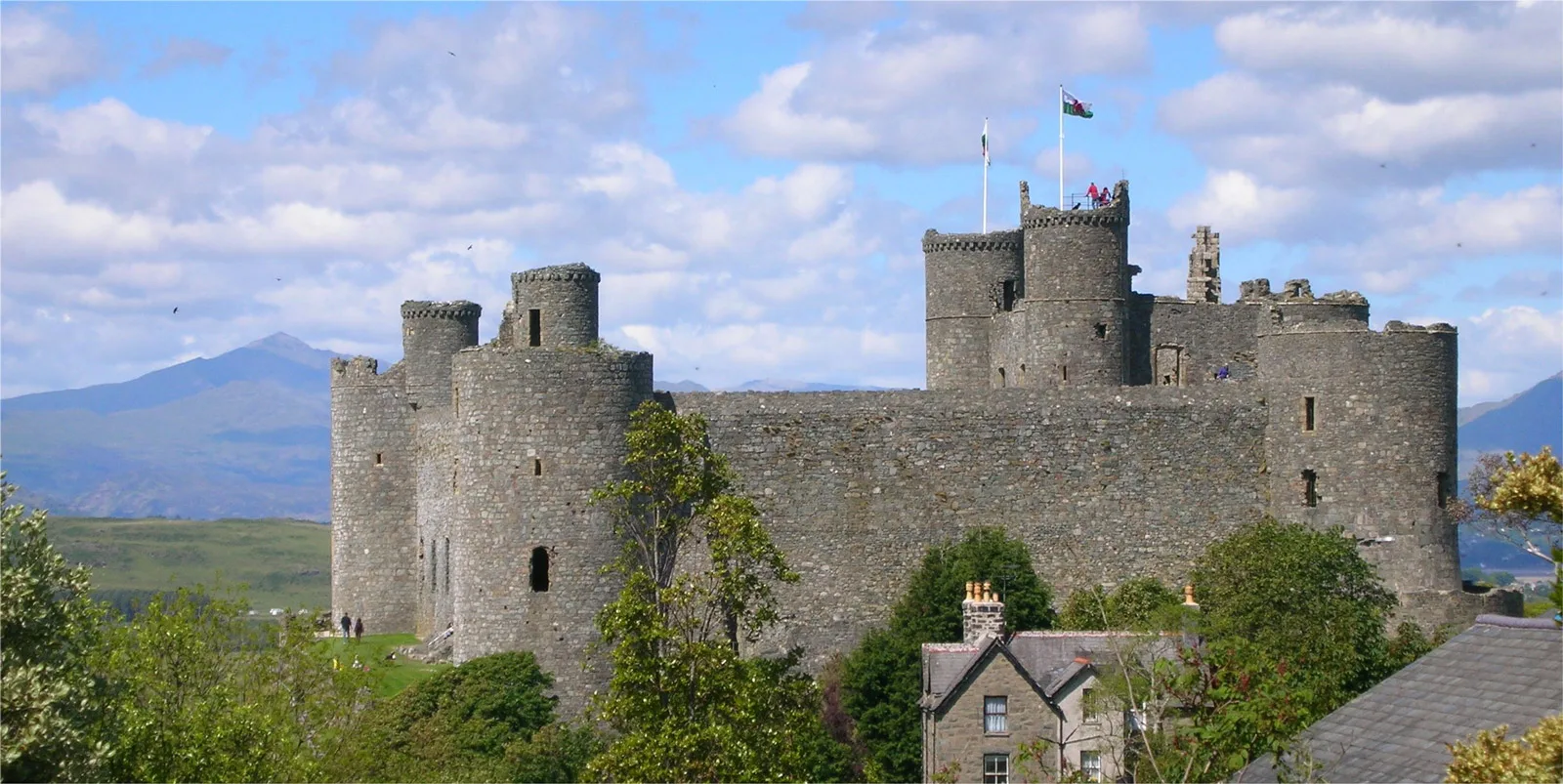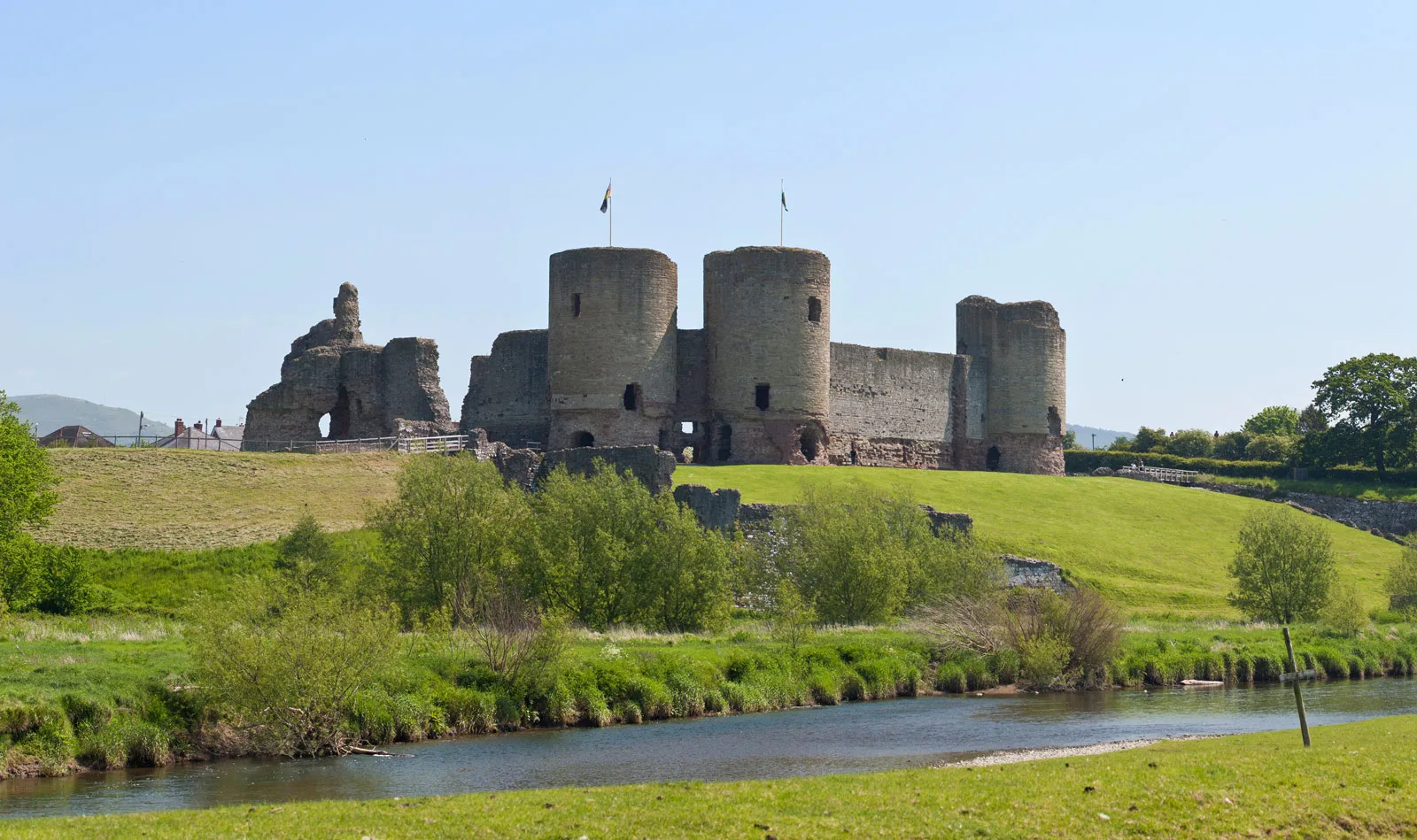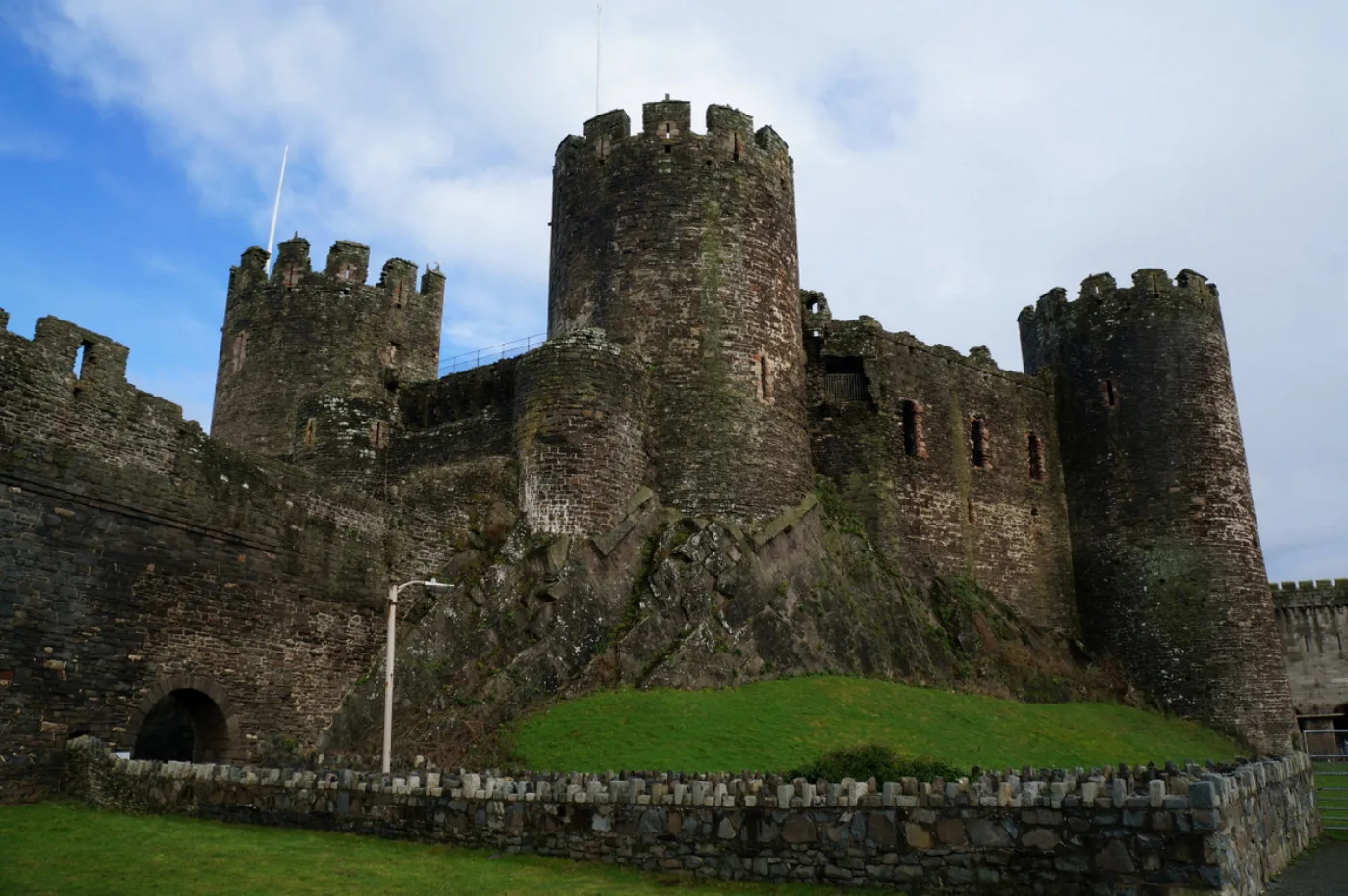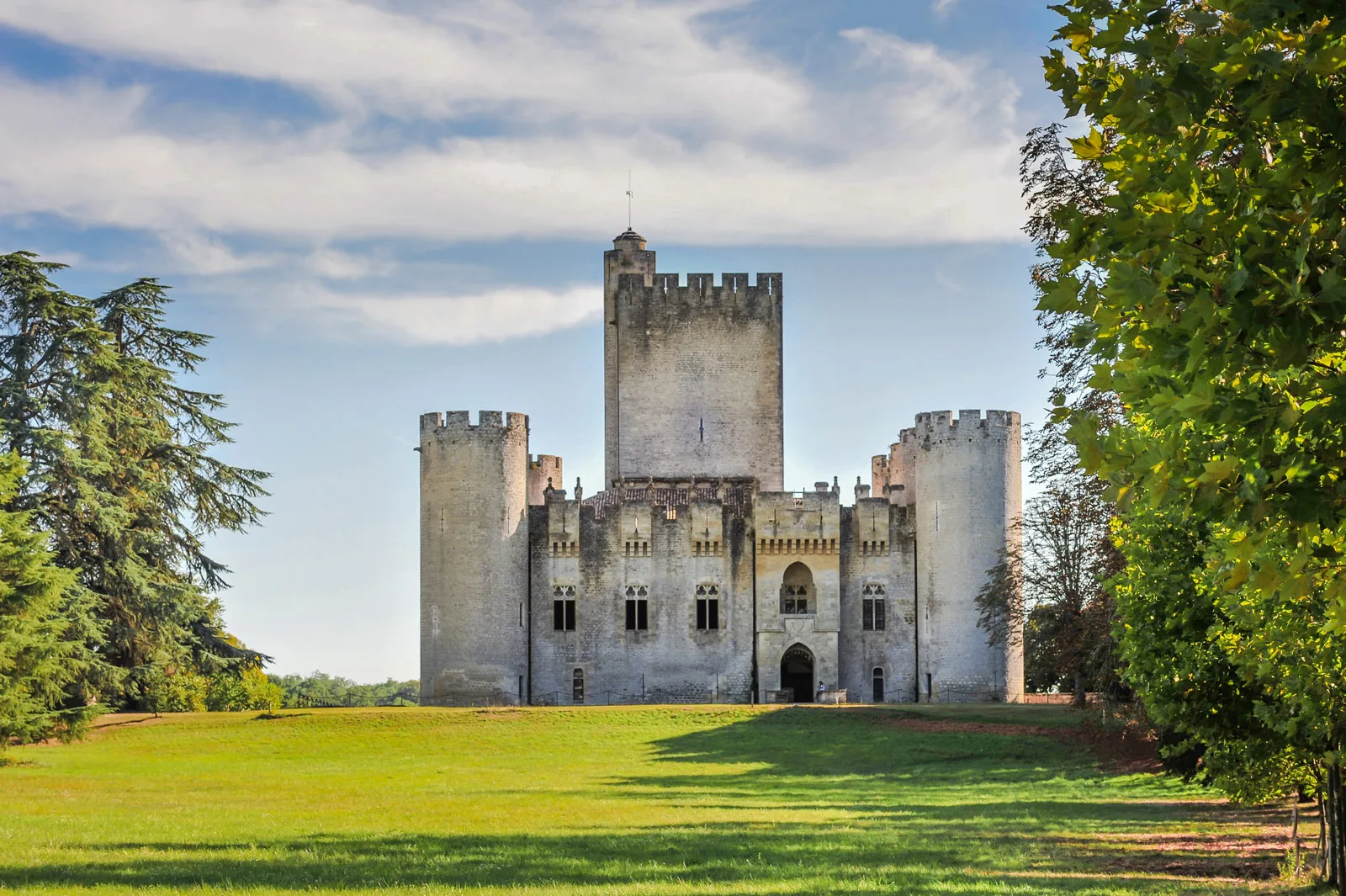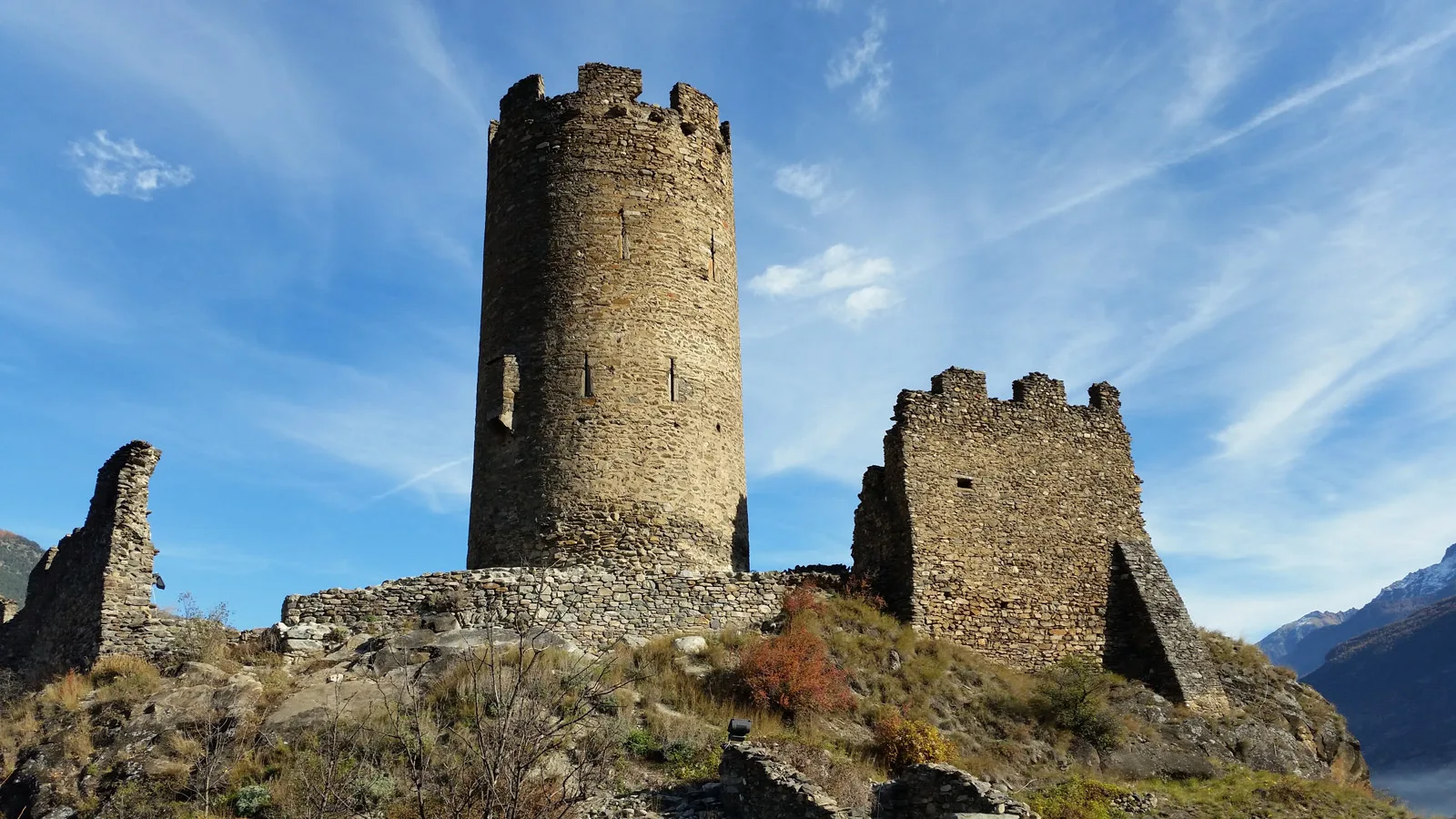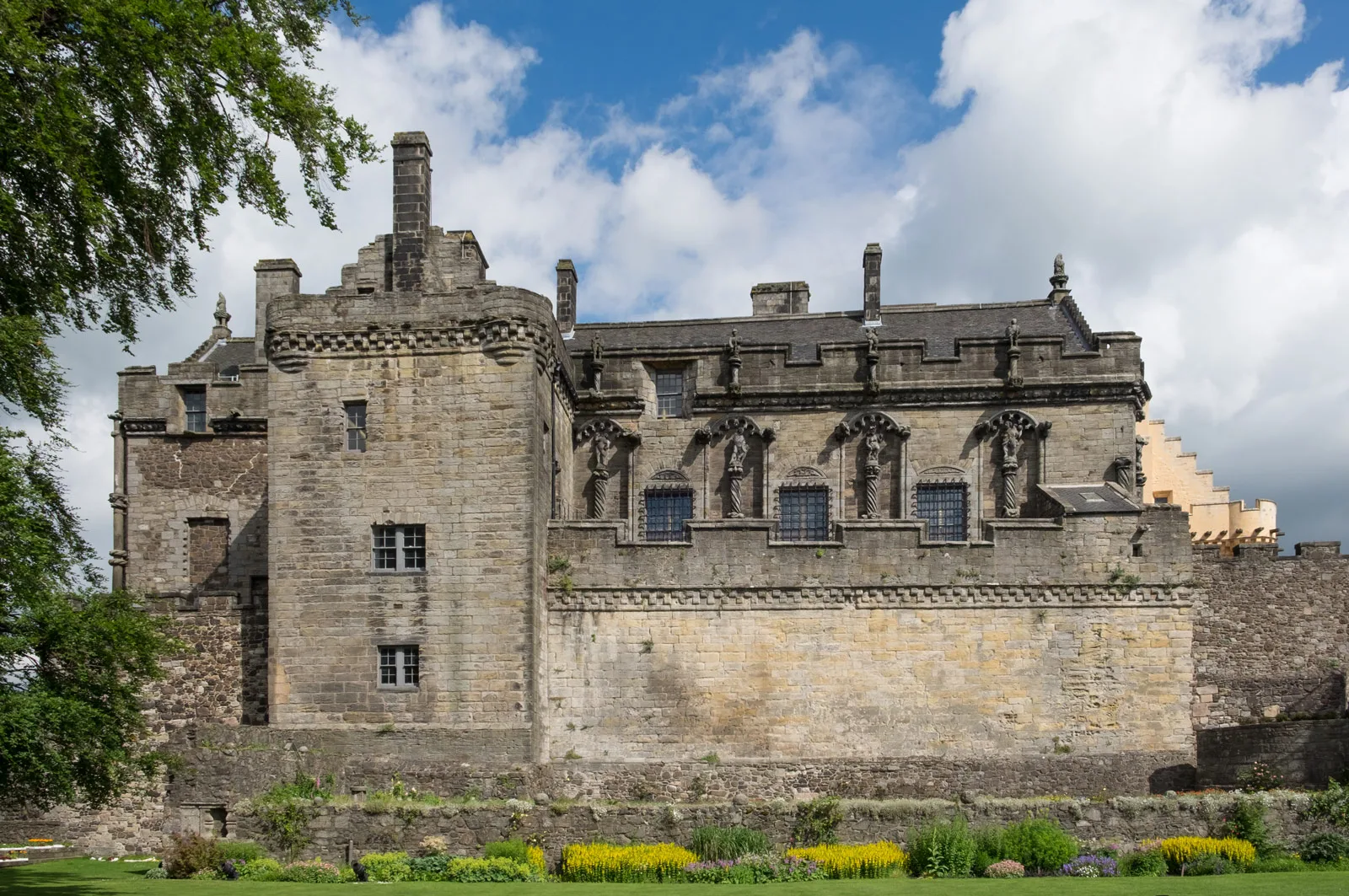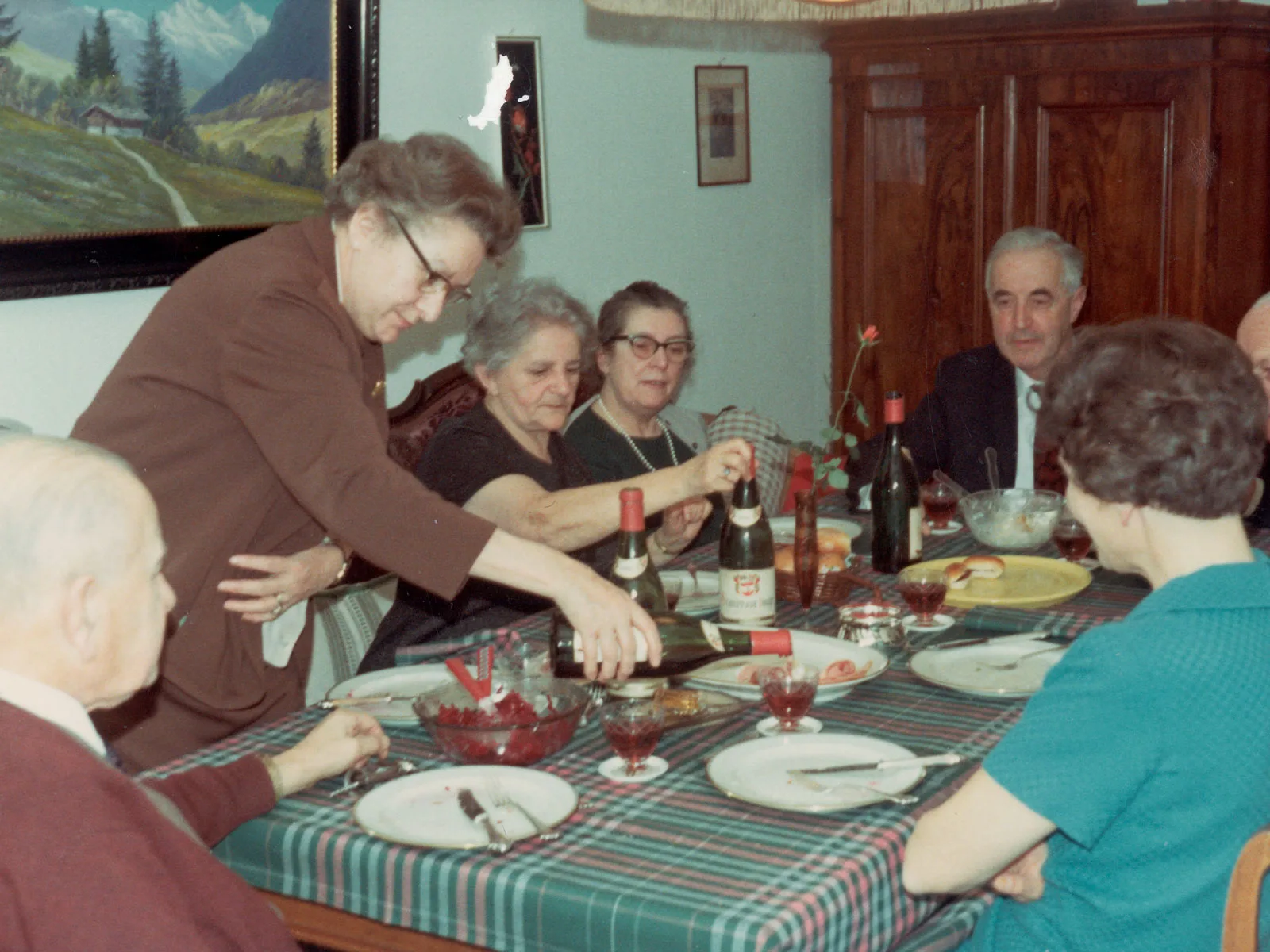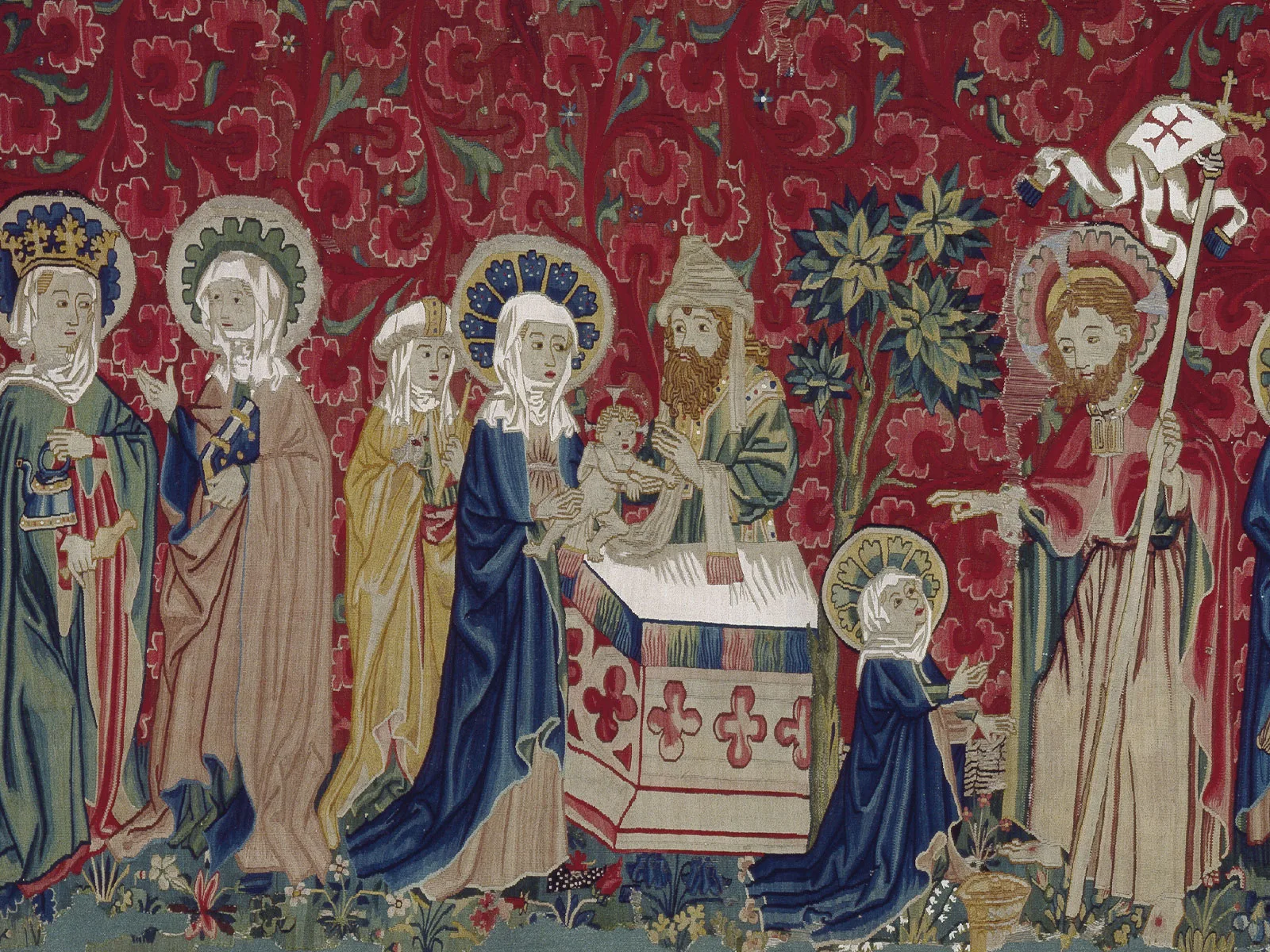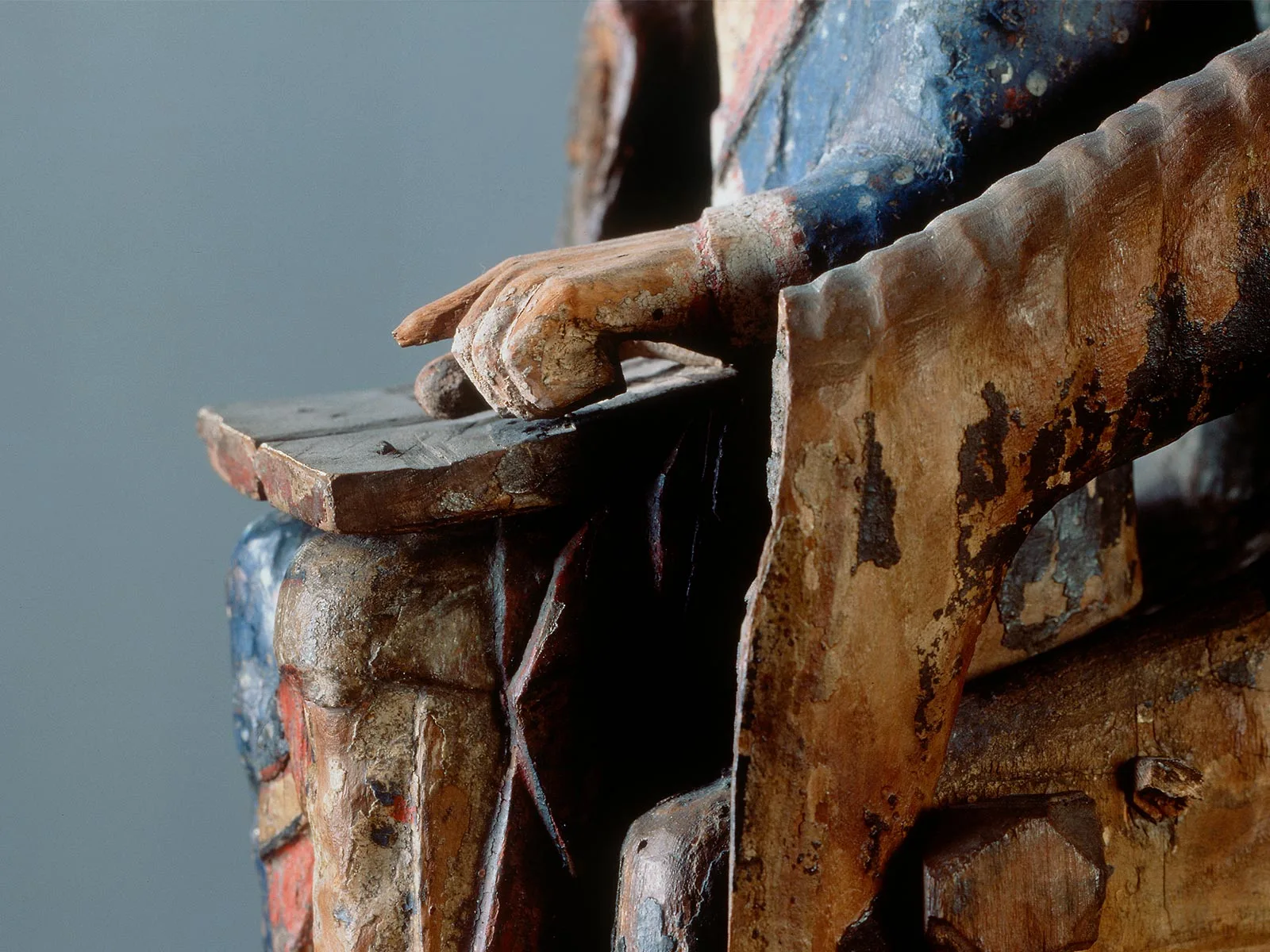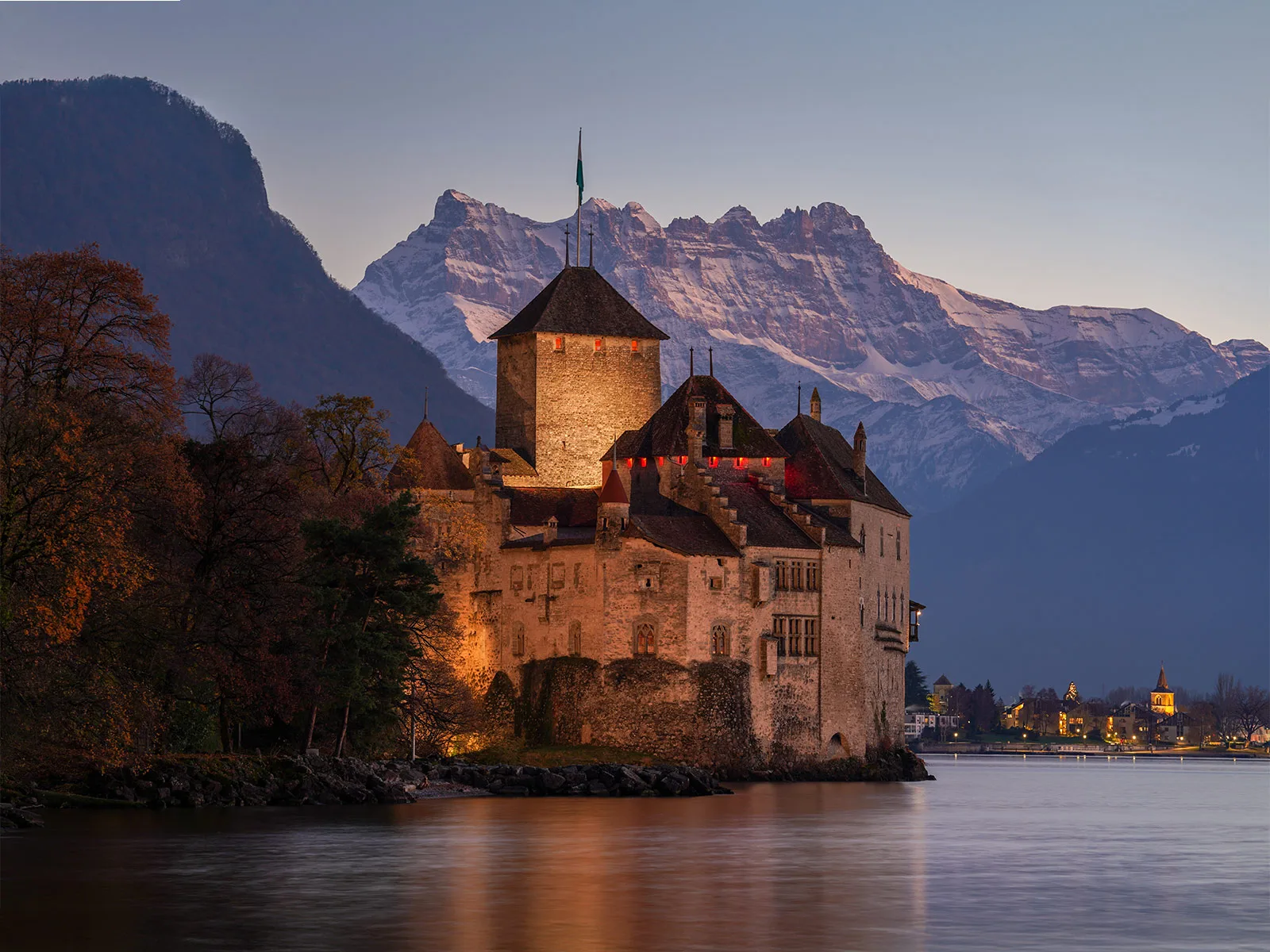
A visionary of medieval architecture: James of St. George
Master James of St. George (c. 1230-1309) was a prolific mason and military architect who lived during the High Middle Ages. Responsible in part for the construction and refortification of imposing castles across what is now Switzerland, France, Italy, Wales, and Scotland, James of St. George is undoubtedly the greatest mason in Swiss history.
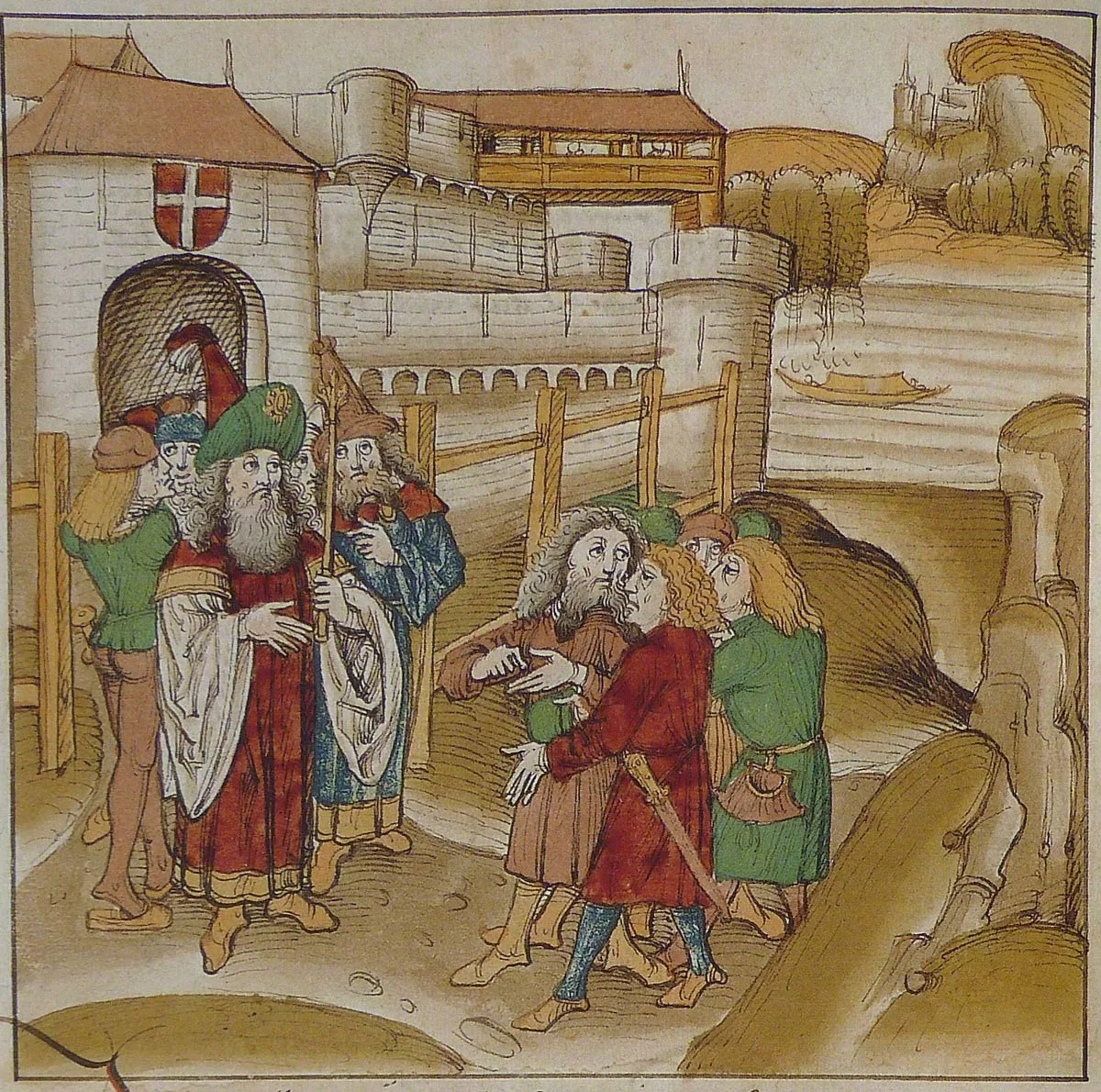
From Savoy to Wales
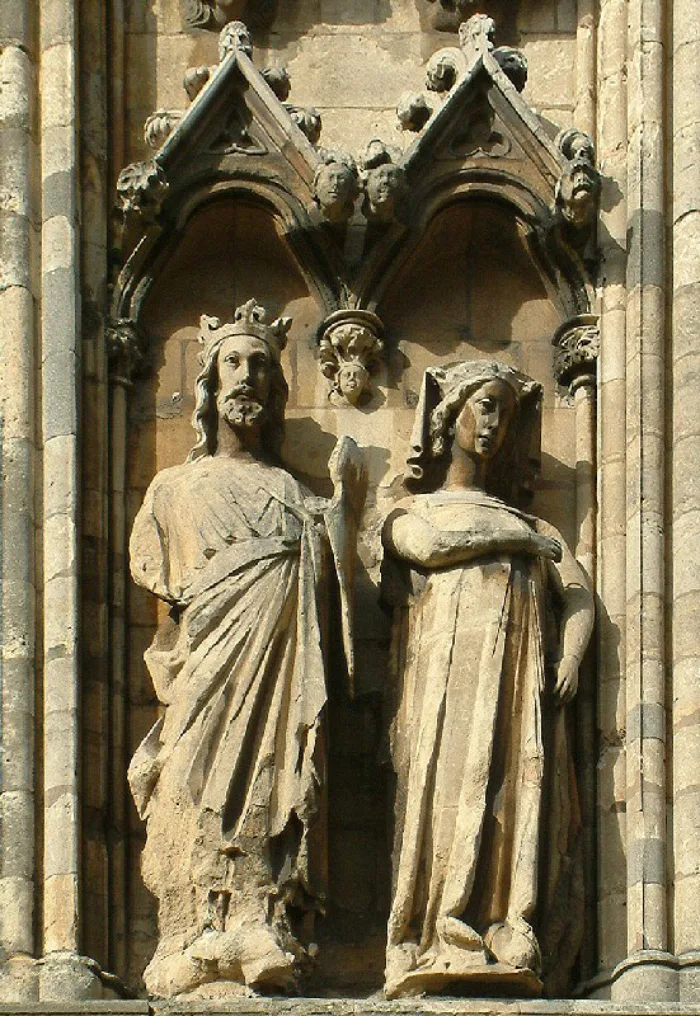
Building castles and cultural bridges
“…In case you should wonder where so much money could go in a week, we would have you know that we have needed – 400 masons, both cutters and layers, together with 2,000 less-skilled workmen, 100 carts, 60 wagons and 30 boats, bringing stone and sea coal; 200 quarrymen; 30 smiths; and carpenters for putting in the joists and floorboards and other necessary jobs. All this takes no account of the garrison mentioned above, nor of the purchase of material, of which there will have to be a great quantity... The men's pay has been and still is very much in arrears, and we are having the greatest difficulty in keeping them because they simply have nothing to live on…”
– James of St. George justifying the enormous expenditures on the construction of Beaumaris Castle in the 1290s in a letter to Edward I’s Treasurer and Barons of the Exchequer.
A legacy in stone: James of St. George’s final projects
